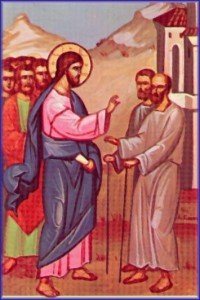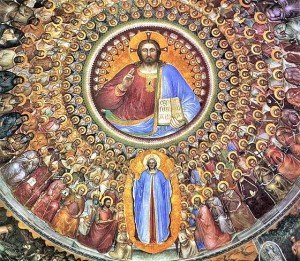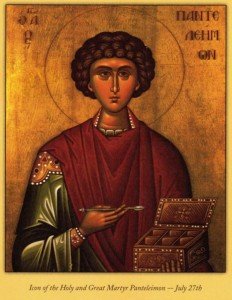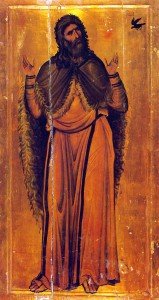Jesus said to them, “Are you confident I can do this?”
Perhaps the one question that each person must ask is: Do I truly have confidence in God’s promise that, if I attempt to live like Jesus, I will be saved? Learning how to truly trust in God’s saving love is not easy, especially if we haven’t developed the ability to trust! Life’s experiences often cause us to be blind to the love that God has for them!
I truly believe that one of the most profound examples of trust in God is found in the person of Jesus as He faced His crucifixion and death. We can surmise from the way the story is presented that Jesus had to wrestle with His trust in God. Why? Because, as the story tells us, He also had to deal with His disappointment from His friends reactions (e.g., Judas betrayed Him, His friends slept while He suffered in the Garden).
Jesus, as a man, had an understanding of how the Romans dealt with people who were accused of insurrection. They were always crucified. That, essentially, is the charge His accusers presented to Pilate. They knew that was the only way to get rid of Jesus and, at that time, the Maccabees were agitating the population to overthrow Roman rule.
So Jesus knew of the cruelty of the Romans and sensed the malice of His jealous accusers (They felt Jesus was leading them away from the religion that supported them). He knew that all would end in suffering and death.
It is not by accident, I think, that life presented Jesus, as a man, with the task of dealing with trust in God. This is precisely how Jesus became a living model for us.
All of us at some time will have to wrestle with trust in God as we confront the various challenges of life. All of us have, I suspect, been disappointed in the behaviors of others. This challenges our ability to trust.
So what did Jesus do to bolster His trust in God after experiencing the lack of support from most of His followers? He prayed and then drew upon his FAITH in God. True faith gives us the power to trust.
The real problem is our understanding of FAITH. Faith is not belief in an organization or its formulated dogmas and decrees. Faith must be belief in a person. This, of course, is a problem! As I said, life’s experiences so often suggest that we cannot always trust others, whether they be family of friends. So one of the first tasks of life is to learn how to trust others without regard to their response. Trust, like love, must be really unconditional. It doesn’t matter how people respond. It matters how we respond! Our goal in life must be to be a trusting person, regardless of how others respond.




